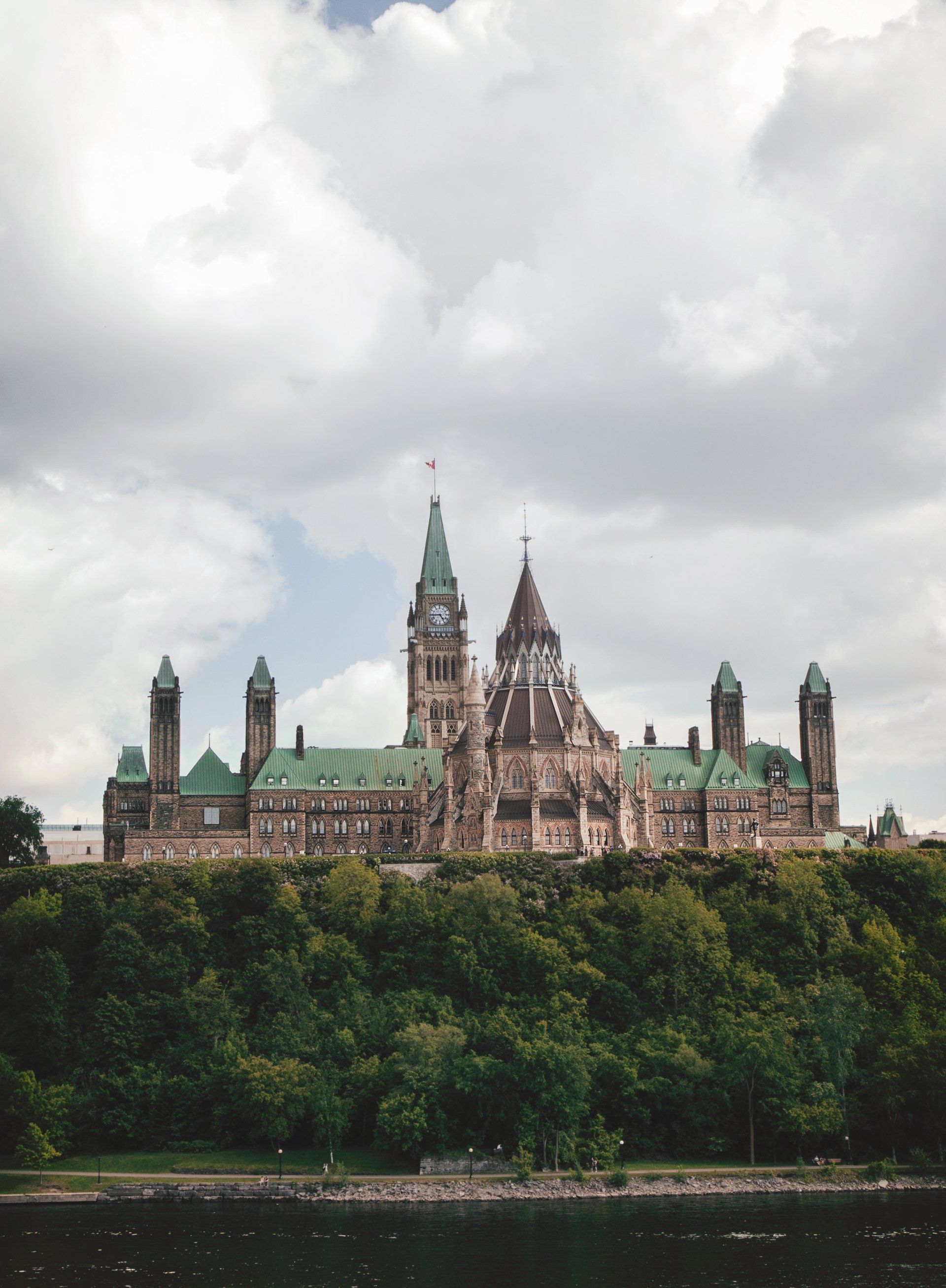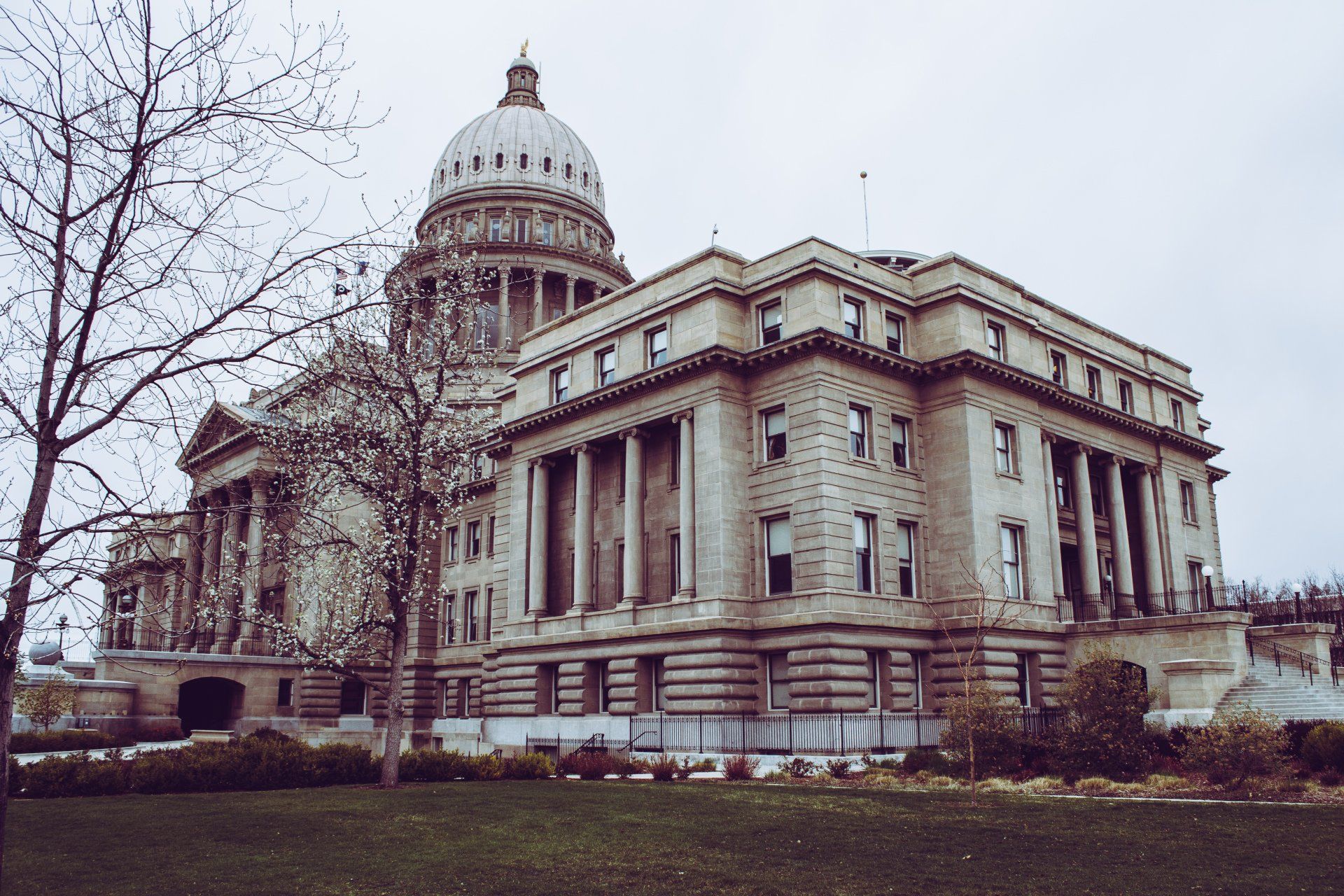Ontario Greenbelt
Claim
The Ontario government's sudden reversal on opening up parts of the Greenbelt for development could now put it and taxpayers in legal jeopardy for potential damages, some legal experts say.
Context
In August, Doug Ford's Conservative provincial government came under fire after allegations of corruption and preretinal treatment of developers for the Greenbelt housing development. The auditor general and the province integrity commissioner revealed that the project had major flaws after the public outcry. The Premier has now revealed that his government is walking back the decision to remove2,995 hectares of the Greenbelt’s protected land for housing development. The RCMP formally launched acriminal investigation into the matter, with the potential for civil liability.
Analysis
The protected land of the Greenbelt was projected to be valued at$8.3 billion after the initial Greenbelt opening announcement in November 2022. However, Ford claimed that “it was a mistake to open up development in environmentally protected zones”, which only came weeks after the allegations ofcorruption and theresignation of two cabinet ministers.
Some legal experts have spoken out about the potential forcivil liability for the decisions the government has made about land use. Developers who own the land are now being forced to put it backunder protection, which effectively prohibits them from building. Now these developers may be able tosue the government as a way to recoup a portion of spent costs for housing development plans and infrastructure.
Housing Minister Paul Calandra has exclaimed that new legislation will “include a provision to prevent developers from seeking compensation”. The province is arguing that no zoning has been changed despite the land being removed from the Greenbelt. The government may also rely on the fact that not much has been developed on the land yet as a justification for not paying.
However, developers may still have a case according to experts if they can make the argument of tort of negligent misrepresentation. This essentially means they must prove that developers and the province have a “special relationship”. Additionally, developers can argue the decision was made in bad faith, in that the removal of land wasn’t made on the “basis of public interest, public policy or good land use planning”.
The original Greenbelt development project was set to add50,000 homes to Ontario starting in 2025. The land within the Greenbelt was “needed” to meet the housing crisis demands as affordability, even thoughland availability wasn’t found to be a housing supply constraint. However, thingsremain uncertain in housing development as the province vows to work with developers and municipalities to meet the remaining housing developmenttargets.
Sources
https://www.cbc.ca/news/canada/toronto/ford-greenbelt-legal-trouble-1.6991976
https://nationalpost.com/news/politics/d-ends-greenbelt-development


